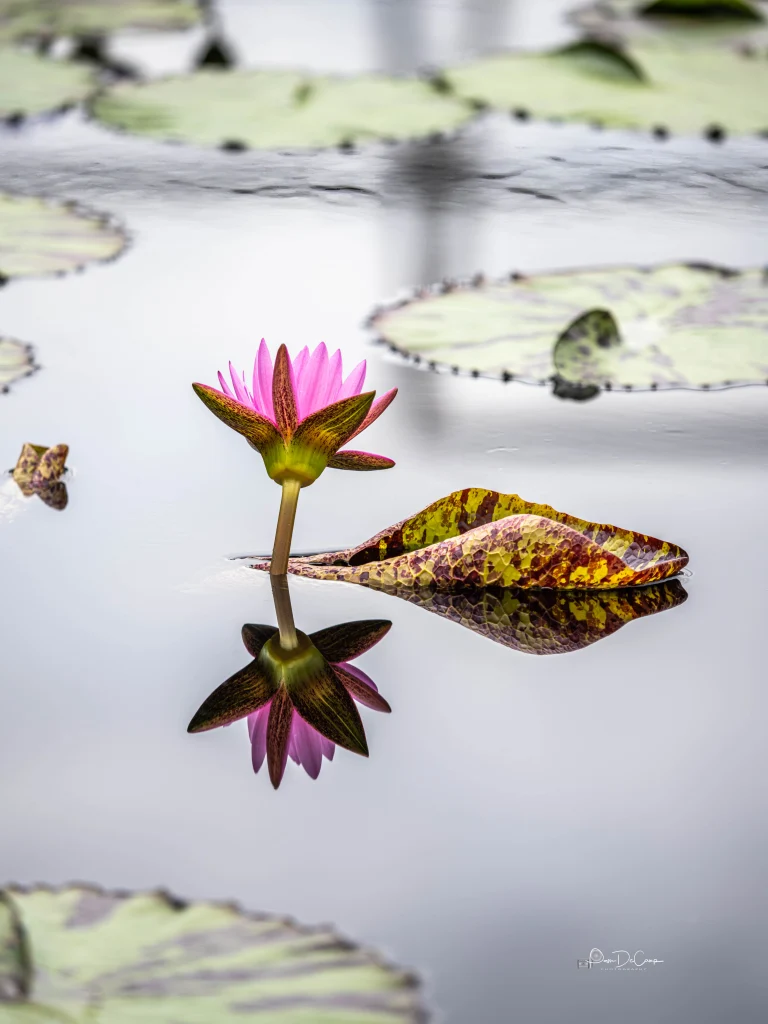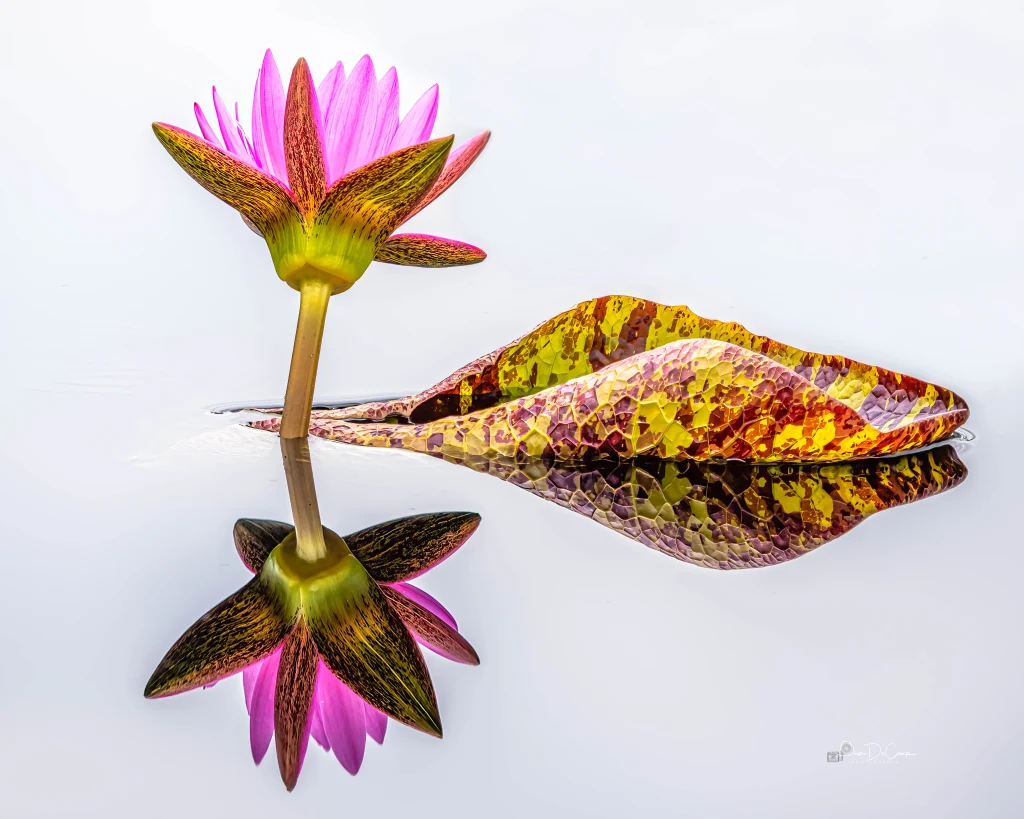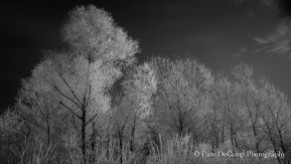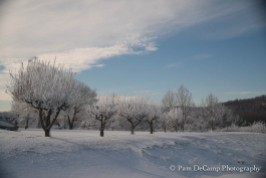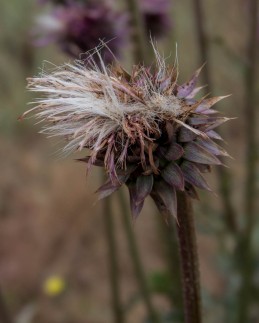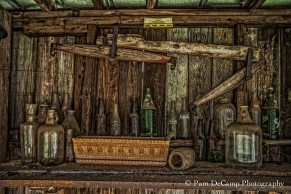Watch the Sound with Mark Ronson — Review
Last night I watched an interesting program on AppleTV. The show was released July 30 and is called Watch the Sound with Mark Ronson. My only recall of Ronson is from the song Uptown Funk he wrote and recorded, featuring Bruno Mars. It was great to put a face to the name.
He has penned songs for Lady Gaga and Christina Aguilera; one of the most notable is Shallow with Lady Gaga and Bradley Cooper. As I watched the first two episodes (Auto Tone and Sampling) Music making/song writing involves a creative process I was not completely surprised by but to the extent tech is used left me in that “Ah-Ha” state of mind!
The creativity of using computers (or tape) has been going on for decades. Songs are created, notes are edited (for good or bad) and things that are old are made new again through sampling of rhythms and runs. There’s a fine line between plagiarism an being creative.
Paul McCartney is one of the guests on the show; he talks about the equipment and the processes he and John used to give their music a unique sound. next time you hear Strawberry Fields, listen closely, a Mellotron was used to create the dreamy sounds we heard.
I highly recommend to any of you who are in the creative arts, whether visual or audio, to watch and listen to what is done and how it all comes together!
Parallel the creation of music to photography; photographers use computers to edit, manipulate, and create one of a kind images! Hats off to all of the creatives in this world!
True Lies in Photography

The world of photography has seen great changes over the last couple of decades. With the advances of digital photography and the increasing amount of editing software available, it is difficult to separate photographic fact from fiction. Recently, Mike Moats and Rick Sammon have had topics in their groups about whether members are purists or enjoy creativity.
Mike shared his experience of an individual who criticized his use of external programs to give his image a special look. Rick advocates for cropping and using programs to improve images. What about Ansel Adams? He was definitely the master of light; finding it, creating it, using it to make his photographs unique.
Photography, is it an art? Do photographers create? When is a photograph not a photograph? These are questions that have been tossed around for centuries! Think about double exposures, intentional camera movement, and dodging and burning. The photographer has a vision of what their photograph should look like. To compare a photographer to a painter might be unfair, but the process is similar.
A painter, comes on a scene and chooses the color palette, brushes, and type of medium to work with. The image is created with brush strokes on canvas, paper, or other medium. The painter decides the composition and the point of view they want to show. They may change their perspective (edit their work) while they are painting; a few brush strokes and the painting will look completely different. The painter/artist decides when they are finished. The thought process for the photographer is similar, but the tools are completely different.
The photographer approaches the same scene, makes a lens choice, sets the exposure, and studies the composition before pressing the shutter. Rick Sammon talks about using your camera like a drone; move it around and see what different angles look like. Zoom in, out, move forward, backward, turn the camera, try different angles, sometimes it works, sometimes it doesn’t. Not doing these activities will result in missing a unique angle or composition. It has been said many times, “all photographers do is press a button,” but wait…after they press that button they go back to their “darkroom” or computer and work on the image. One of the keys to the creative process is editing.
Editing a photograph can be very simple, just a few adjustments to exposure, contrast, sharpening. There are those who think editing is difficult or challenging, but if it is not practiced, like anything else, it will continue to be daunting. Editing software is easy to come by and a lot of photographers have an arsenal at their disposal, but yet, photographs are placed in public viewing without any adjustments. It is sad…there are many good photographs posted daily, but they could be awesome images with a little work! Those photographs have great potential!
Potential, one must see the potential in an image…the one thing that makes the image unique/special. Taking a few minutes to work on a photograph can make all the difference. There is an article that talks about the artistic eye or creative mind. There are individuals who innately have this “gift;” those who lack the artistic eye can develop it if they work on it. Developing a creative mind takes much practice and dropping some of the preconceived notions/rules about photography. Sometimes it’s just a simple crop or a minor clone, or it could be a hard crop or big clone! Again, see the potential in an image. Creativity takes work. Creatively changing an image often results in the photographic “lie.” Is it still a photograph or an enhanced digital image? The art belongs to the photographer; it is their vision, their view of the world.
Pay attention to photographs you see every day. In the photograph below, clearly the star of the show is the waterlily and the reflections. The photograph was taken at the maximum focal distance and the flower was in the middle of the pond. Take the shot or walk away? This was a single frame. It took work to make the photograph that was visualized at the time the button was pressed. Many pass up the opportunity to go the extra mile to make an image special. The final result? Is it an accurate depiction of the scene or is it a lie?
Leaves

Until recently I did not realize how many different types of leaf photographs I had. Leaves are fascinating. They bud in the spring and are a lively green; then in the fall, they change to reds, yellows, and oranges. Structurally, leaves have veins, stems, and are textually interesting. I love to bring that texture forward in my photographs.
I had posted the above before and after in my post “Creativity: Where Does it Start?” I had transformed the ordinary palm leave to be viewed “differently”. I feel as a photographer it is my job to challenge our view of reality from time to time. The processing I chose for this image changed the color as well as the perspective of the image. It also highlighted the details in the leaf and stem.
On the left you see the original image of the green leaves. I liked how the light was hitting the leaves and felt there was a “photograph” somewhere in this image. I began using my crop tool and started dragging it around the image until I settled on a crop I thought was pleasing to the eye. There was so much going on in the original photograph that I needed to isolate a section. I then converted it to black and white. The tonal range of the image worked well with that choice. I then finished my editing in On1 Effects to add texture and to bring out the details in the leaves.
The above sycamore leaf was taken with my Sigma 120 – 300 f/2.8 zoom. I removed the lower right stem with the patch tool in Photoshop, then edited the color and texture in On1 Effects. The transformation was just what I wanted.

Maple Leaf
I was trying out my Tamron 28 – 300 f/3.5 – 5.6 and captured this leaf hanging off of my maple tree. I was exploring for things to photograph with the lens as I had just purchased it from KEH. I brought out the texture and details using On1 Effects. The sharpening tools in On1 Effects does a great job bringing out the details in images.
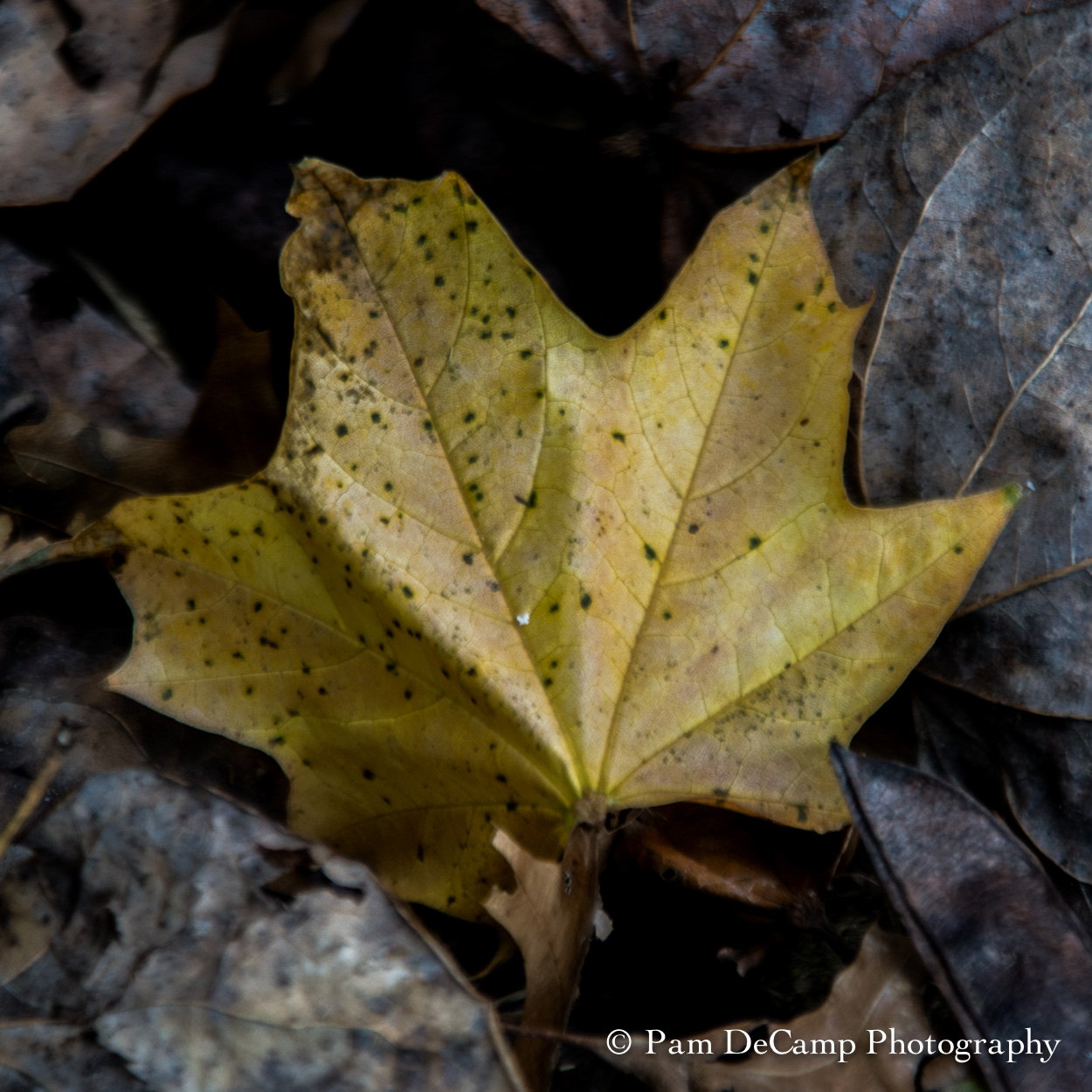
Maple Leaf
This was another leaf I was practicing on with my Tamron 28 – 300 f/3.5 – 5.6. It was a single color leaf among the dry gray and brown leaves. It caught my attention while walking around my patio.
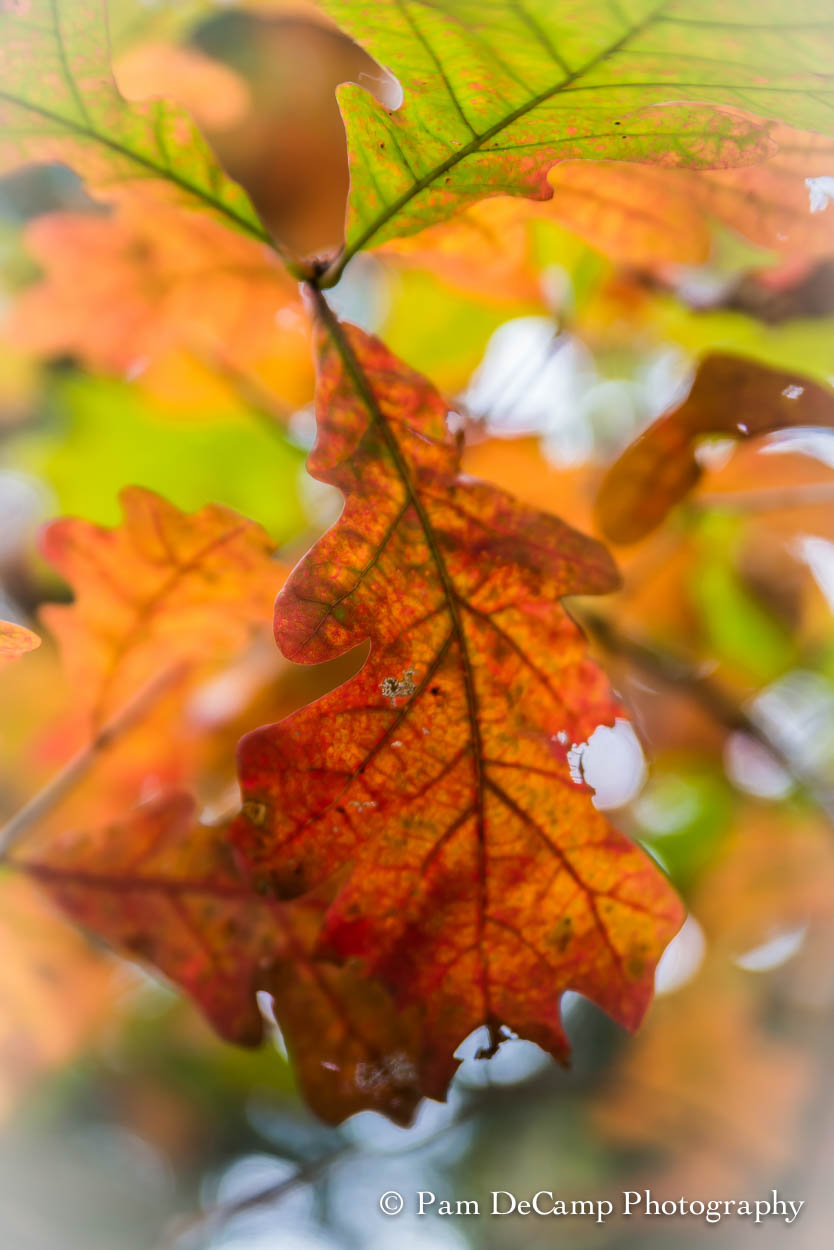
Oak Leaf
I spotted the oak leaf while walking around William and Mary College’s Campus this fall. While the image itself is a little soft, I enhanced that softness by decreasing the clarity. The colors are very vibrant. I added a soft white vignette to make the leaf stand out.
Above are a few of my other leaf images I have captured over the last year. I hope you enjoyed exploring the world of leaves! Effects 10 is available as a free download!
Lightroom Presets

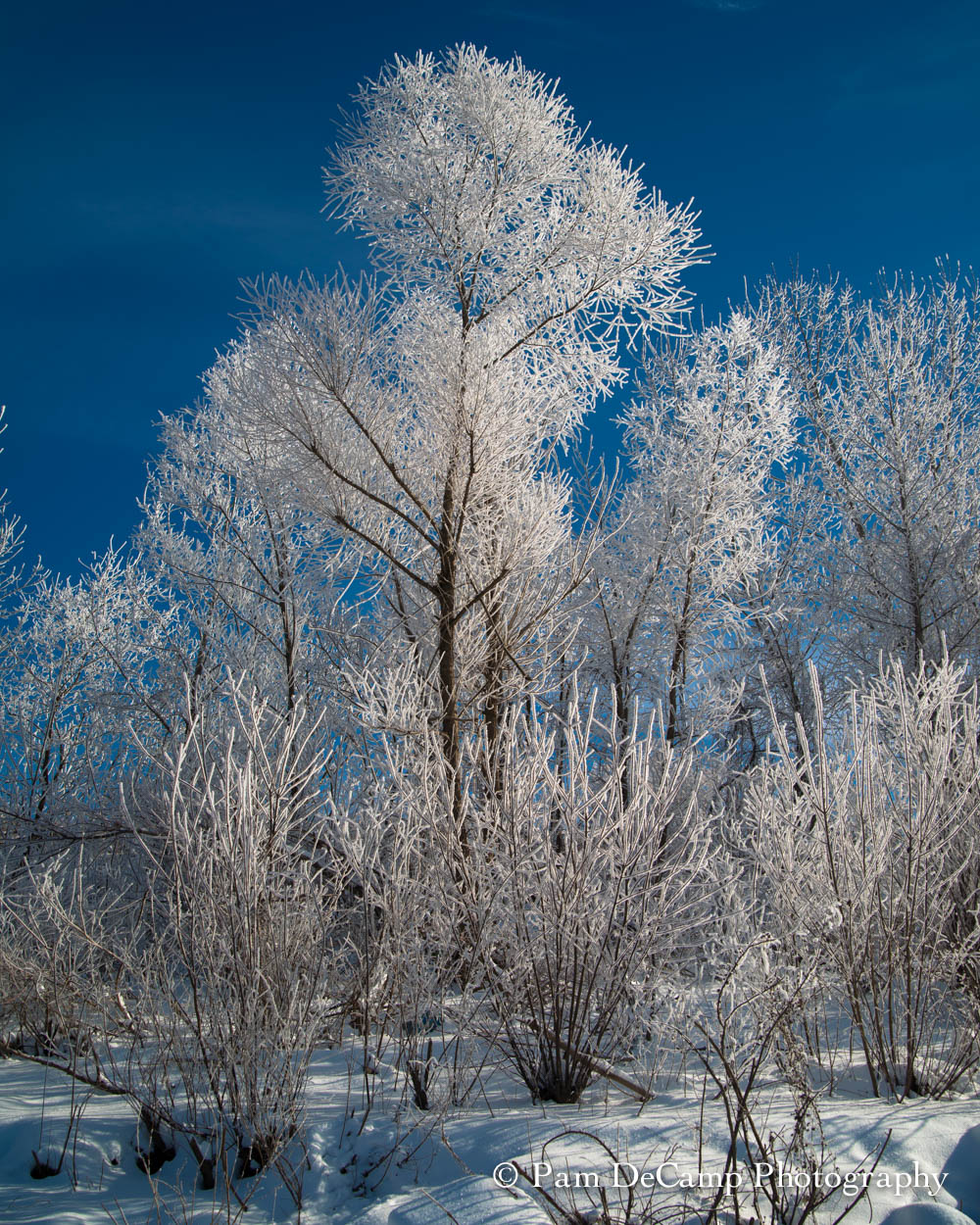
Direct Positive Preset in Lightroom
Lightroom presets are interesting. Most of the time I prefer to edit my own images. If I do decide to choose a preset, I end up making additional adjustments, so I figure I should start from scratch anyway.
I saw the frosty fog rising off of the river on Sunday morning and noticed how the trees became frost covered. I know the time frame to capture this is short and it was already 10:00 a.m. I knew I had to get moving!
I used a 0.6 ND filter, because the sun was so bright and it really separated the blue sky while maintaining the white snow. I photographed these images with my Tamron 24 – 75mm f/2.8 on my Nikon D800E at ISO 50. Shutter speeds and aperture varied depending on the light. Most of the time it was at f/8 – 11 and 1/100 – 1/200.
In post I decided to try the IR preset. Some of the images were very impressive using this preset. I do like a little more contrast, so I adjusted the blacks and contrast slightly to give me the look I wanted.
I hovered over some of the other presets and the Direct Positive really made the images pop with color! The contrast between the blues and whites was beautiful! Direct positive is a process dating back to the 1800’s. Typically, the image was captured directly onto the paper and it was a black and white image. In Lightroom, the direct positive setting increases the saturation, blacks, and highlights and produces a very high color image. The image can be easily converted to black and white after using the Direct Positive preset.
The images below demonstrate the use of 2 different presets in light room; Direct Positive on the left and infrared (IR) on the right.
While I do like my images to have a little more contrast (more pleasing to my eye), there is something about the subtleness of the image below that I like. Left is the original and right is IR. I did remove the boat from the image.
The vignette in the corners is from my ND filter on the camera. I do attempt to remove that with cropping or adding a reverse vignette.
I suggest you try some of the presets in Lightroom; what is nice, Lightroom gives you a preview of what it will look like. I use this as a starting point then make my own adjustments. I have also set up my own presets in the past if I’m editing a batch and making the same changes throughout.
Have fun experimenting in Lightroom!
Focus Stacking

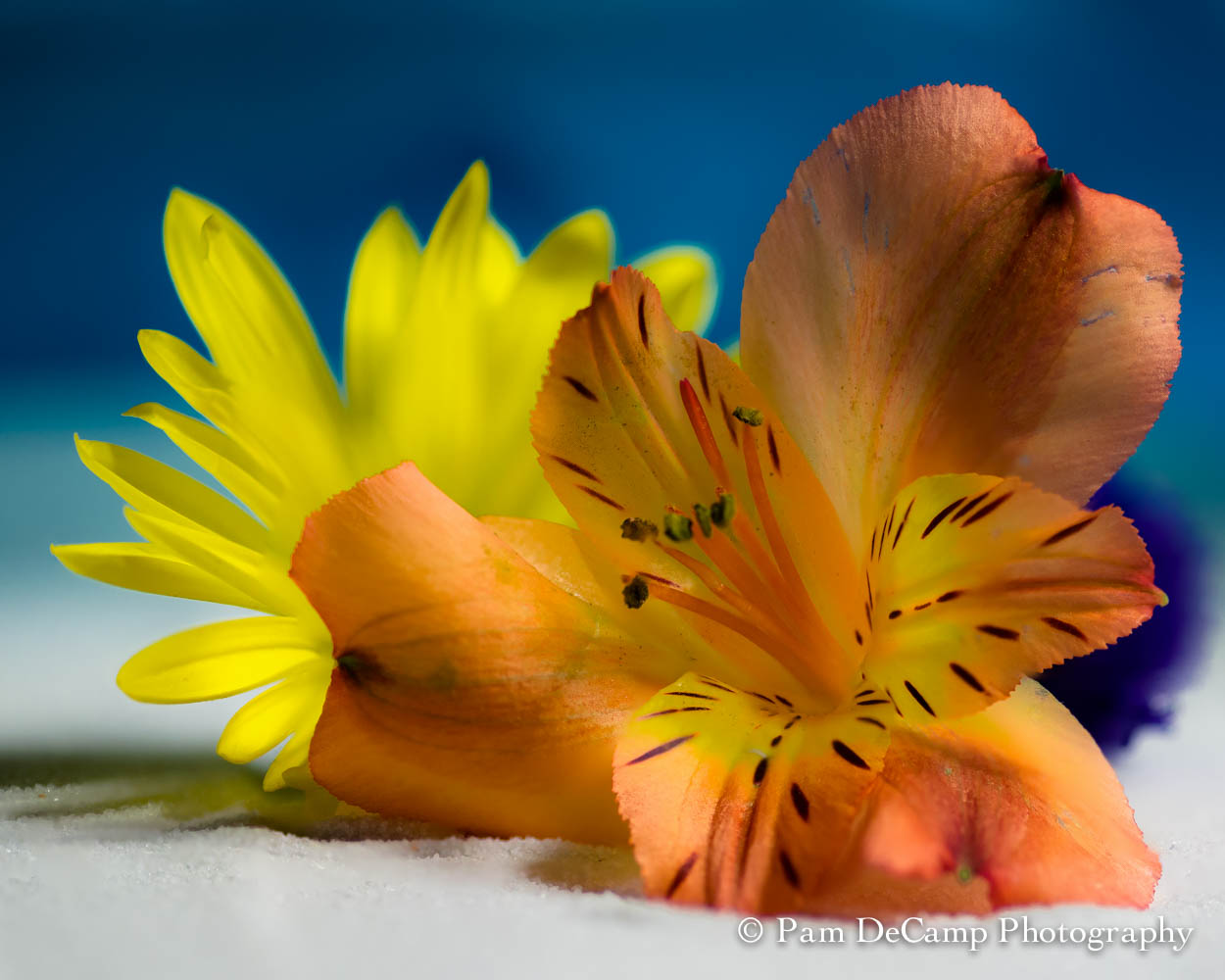
Image Created Using Focus Stacking
I decided to try focus stacking. Focus stacking is when you take a series of images and you focus on one section of the image at a time, then save them as PSD images. The key is to have your camera on a tripod so you do not change position.
Open the images then go to File>Scripts>Load Files into Stacks. After you stack the files you go to Edit>Auto-Blend-Layers.
The image will be in focus throughout.
This was fun to try. I will have to try it again sometime.
Refraction of Light in Photography

I saw a Facebook post on group site I participate in about refraction of light. The images were very interesting. I decided to put together a few items for our camera club to use at a future meeting.
If you google refraction of light you come back with a lot of scientific information. However when you google refraction of light in photography a lot of nice images appear!
With help from a friend of mine, I put together several backgrounds; some had color some were black and white. I purchased scrapbooking paper and used double stick tape and old scrap mats to mount the paper to so they would not bend.
Using a pole lamp with 3 lights to light my subject, I put up my backgrounds and filling glasses with water. I also laid some of the backgrounds flat and used them as a base; the patterns then reflected on top of the water.
My camera settings (Nikon D800E) ISO 640, f/14 – 16, shutter speed ranged from 1/5, 1/3, 1/13 sec depending on which background was being used.
This is a fun winter project as you do not need a lot of supplies, just clear glasses, vases, bowls, water (distilled is recommended because tap water bubbles), and paper or fabric with a design. You can make your own designs using Photoshop and printing the off of you printer.
Have fun experimenting!
Old Country Store, Jackson, Tennessee


Ice Cream Parlor at the Old Country Store in Jackson, Tennessee
Every so often I browse through my images and something catches my eye. I look at it and think, “What can I do with this?” Images like this have so much detail and I like converting that detail into an HDR-like image. I started out by making a few adjustments to the shadows and highlights in Lightroom. I then moved the image over to On1 Effects to do the rest. I used the Amazing Detail Finder, Clarity, I lightened the shadows, Exaggerated the tones and edges, and added a subtle HDR look to the image. I moved it back into Lightroom to adjust the contrast slightly for my finished product.
See the before and after side by side:
Never give up on images you may have in your files. I hear people all of the time say they delete pictures. While I have many, many images I will never process, occasionally I find one that surprises me!
After posting this blog, it was suggested to me to see what the image looked like in black and white. Here is the result:

Black and White Version of the Ice Cream Parlor
Nature’s Imperfections

When photographing nature we encounter imperfect subjects. It takes a little patience and imagination to make corrections to an image after it’s captured.
While looking through images that were photographed this summer, this one was intriguing. The bug on the coneflower was lost in the shadows and was very much in focus.

Bug lost in the shadows
The shadow slider in Lightroom opened the area and other adjustments were made to the image. Then the gap on the left kept screaming! Cropping did not help, so the image was edited in Photoshop (Photoshop is used as a plug-in to Lightroom). The magic brush tool was used to capture a piece of the adjacent area and a layer was created of that selection. The petal was turned and transformed, then a layer mask was applied so the petal could be blended in with the rest of the flower.

A petal was added to the left to fill the gap
Then the space on the right was an attention grabber. The same technique was applied. After the second petal was added the image was saved in Lightroom and the radial filter and adjustment brush was used to make sure the bug was the central focus of the image.

The gap on the right was filled with data captured from the adjacent area
Nature is imperfect and as the old margarine commercial says, “It’s not nice to fool Mother Nature!” there are those who believe that you capture the image “as is” and make no changes. Making changes to an image that is imperfect has it’s merit. The photographer has to make the decision if the risk of “fooling Mother Nature” is worth taking!
My Favorite Images of 2015: Macro/Close-up

Happy New Year to all! Each new year brings hope and the prospect of new opportunities for us to pursue.
On April 23, I will host my first Spring Flower Workshop. You will notice that I do not always use a macro lens to capture a nice sharp close-up. A good zoom lens (like the one your received if you purchased a kit) will give you the range you need to create wonderful close-up images. If your zoom says “macro” on it, you will be able to get a little closer than you would with a regular zoom lens. It is not a 1:1 macro, but you should be able to get close enough to capture many of the small details in your image. I wanted to share some of my macro/close-up images from 2015 to inspire you to get out and explore your surroundings!
This first group of images was taken in Colorado at Garden of the Gods. I saw this as the life span of a thistle. Through the series you can see how it changes over time. These were taken with my Tamron 24 – 75mm f/2.8. I often use it as a carry around lens and it has great close-up capabilities. I love how it blurs the background, but keeps the main image sharp.

White Trillium
This image will always be special to me. It was taken at the Shoot the Hills weekend photography competition. You are not able to edit your images and you have to choose your best image in each category (approximately 6 images) and turn those in to the judges. The white trillium was taken with my Sigma 105mm Macro lens using the ring flash. This was my first time participating in the competition; the image won an honorable mention in the Flora Category.

Here Kitty!
While not a flower; this cat is a nice example of a close-up image. Eyes are in focus and looking straight into the camera! I had put my camera on the ground and “hoped” it would focus on the right area. Again, this was taken with my Tamron 24 – 75mm f/2.8.

Intersecting Lines
I enjoy experimenting with textures and other processing techniques. I try to look for interesting forms and shapes in my surroundings. This was taken at the Huntington Museum of Art Conservatory. It is a wonderful place to take photographs. Most of the time is is not crowded and it is great to go to on a cold day. The palm branch was processed using the On1 Photo system.

Follow the Line
I also look for leading lines. The vine entwined itself along the branch of this plant. There is a nice curve for the eye to follow.

Young Coneflower
Young Coneflower was an image I enjoyed experimenting with. I had photographed the coneflower in front as it developed over several days. I wanted a nice linen texture and painterly feel. I used a combination of Oil Paint filter in Photoshop and did texture layering using On1 Photo. I had it printed on metallic paper with a linen texture. It does have the look and feel of a painting.

All Alone
This was taken in North Carolina at Thanksgiving. I saw the “lone” leaf sticking up off of a branch in the woods. This was photographed with my Sigma 120 – 300mm f2.8. The image was processed in Lightroom.

Purple Basil
In my opinion, I saved the best for last! My image, Purple Basil, was captured with the LensBaby Spark. The Spark comes with multiple disks that you can insert to create interesting shapes out of light. I did very little processing to this image; just basic adjustments using Lightroom. The morning sun was hitting the leaf just right. I had only a couple of minutes to photograph the leaf and the light was gone! I print this image on metallic paper and also have had a metal print created. The highly saturated colors pop on the metallic mediums. It won an Honorable Mention at the Foothills Competition in the fall.
I hope you have enjoyed the 2015 recap of my favorite images! I look forward to sharing more information in 2016!
Watch for notices of my classes and workshops for the upcoming year!
My Favorite Images of 2015: People

A second installment of my favorite images of 2015 has to do with people. I love to photograph people in their natural settings or as a portrait shoot environment. People can be very expressive and interesting.
A couple of my favorite photographs came from my 98 year-old uncle’s life-long companion, Lela’s 100th birthday! Lela and Thelma were being interviewed by a local television station on their “secrets to a long life.” They were wonderful to listen to.
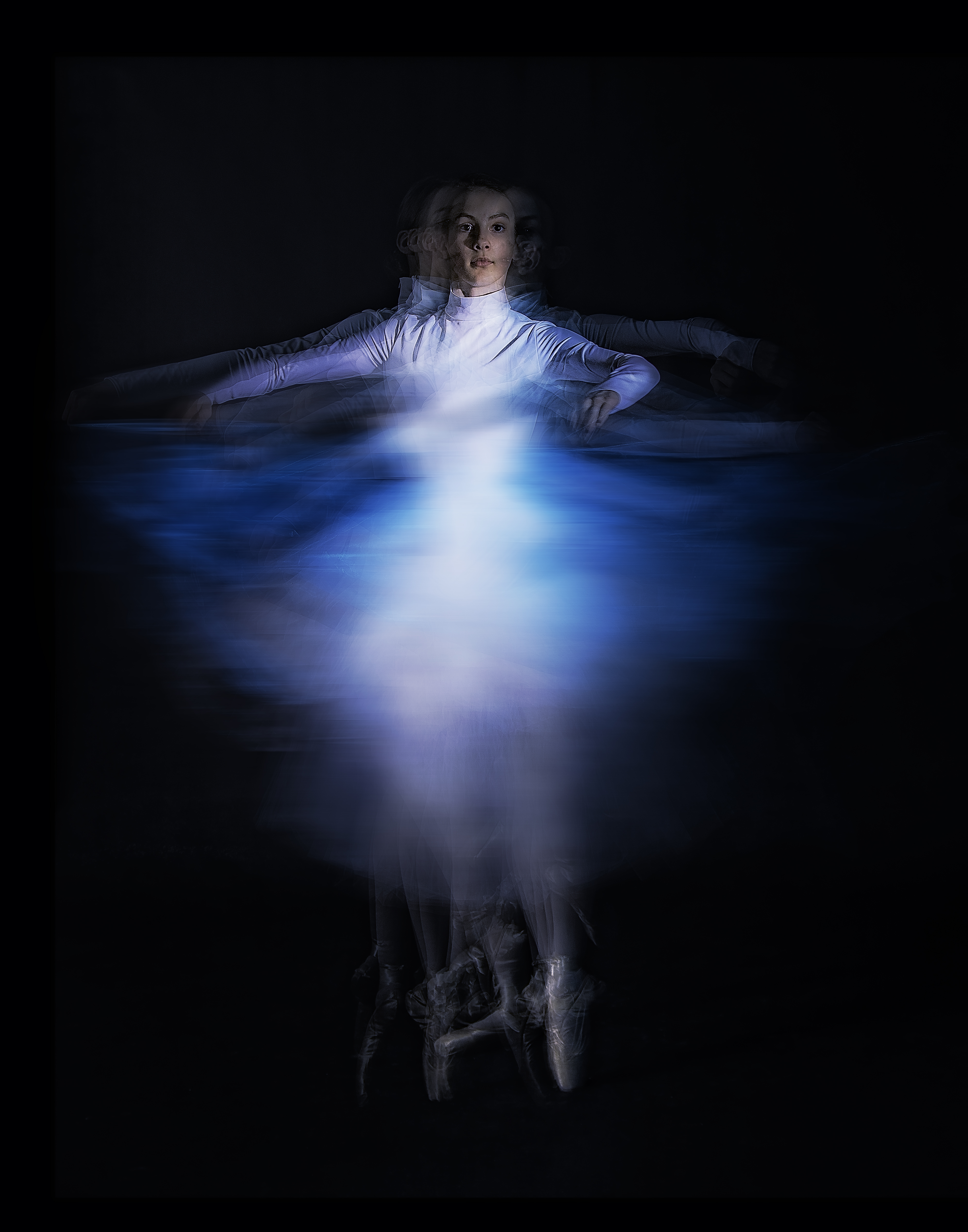
Jules In Motion

Pasta Lady at Fil0mena’s in Georgetown (Washington DC)

Wedding party goes to the dogs!
Two of my favorite wedding photographs of the year were from Ben and Elisha’s reception and Stephanie and Andy’s wedding. Ben and Elisha got married in Australia where they live and came to Cincinnati for their reception. I went outside to check on the sunset and asked them to come out for a few photographs. I took this using a flash so I could retain the colors in the sunset, also so I could have them visible in the image.
Andy is my cousin. He and Stephanie were married in March behind the Smithsonian Castle. While we were taking a few photographs we were asked to leave by security agents. We were told the reason we had to leave was because we could not have an “organized photoshoot” on federal property. Because I was using professional equipment (my flash was on a monopod and I was using it for fill) I guess they thought we were having an “organized photoshoot.” We got what we needed plus a great story to tell! I do like this photograph; the cherry blossoms were added in post processing.
A couple of fun photographs from 2015 were on my trip to Ossabaw Island in Georgia. The domesticated donkeys were a first for me.

Edward Warren as Maleficent

This was taken at the Fire and Ice Festival in Medina, Ohio. The lighting of the ice tower.

Taking aim!
I hope you have enjoyed my people pictures for 2o15!
Image Enhancement

Since posting my blog on using On1 10, I have received approval to be an On1 Affiliate. You can click the link at the bottom of my post to learn more about the On 1 software.
On1 10 was released in November. I have been an On1 user since about version 6. I received a free version of Perfect Effects for attending a Kelby Photoshop Workshop. I thought it was odd they had another company promoting their products at the workshop, but I took the time to watch the demo during our lunch break.
What I found out was On1 can be used as a plug-in or as a stand alone software. I have used it both ways. I make my adjustments in Lightroom then move my image over to On1 Effects to further process my image.
For me On1 is a very simple way to enhance my images using the filters they have built into the program. I am able to layer and mask my images to bring out the details I want or to add in textures or other color enhancements to make my images stand out. And as an O1 user, I receive several preset packages throughout the year. Most of the time I create my own images, but I also try the others out.
My favorite adjustments in On1 Effects are the Amazing Detail Finder located under the sharpening tab and clarity under the tone enhancement tab. I find that these two adjustments bring out details in my images that I may have not noticed.
I use a Nikon D800E DSLR and shoot in RAW. The image above was taken with a Tamron 28 -75mm f/2.8 lens. My settings were ISO 320, f/11, 28mm, 1/160 sec. The light was behind me and it was about 4:00 in the afternoon. While I was happy with my original image I decided to work with it in On1 Effects. I used the adjustments I mentioned above and then worked on the highlights and shadows. On1 works similar to Photoshop in that you can make adjustments in different layers and if you are not happy with the change you can always go back and change or delete the layer. I also added a leather texture to the image which created a warm feel. When I photograph a landscape with an older structure, such as this grist mill, I prefer to age the photograph to give it character.
The image on the left is what was captured out of the camera. On the right I used the On1 Effects to pull out the detail in the bricks and to give the image a more surreal look. The time of day I captured my images made the reds pop. My settings were the same as in the images above. After I adjust in O1, it saves it back into my Lightroom catalog and I can
This is a collection of bottles in a potting shed. I thought this made a nice grouping. I did not move anything, just photographed it “as is”. My settings were ISO 800, f/4.0, 1/125, at 38mm with a Tamron 28 – 300mm. I like how the coarse detail in the wood was revealed using the Amazing Detail Finder. I also used a subtle HDR look in this image. I like photographs with lots of texture.
Many times On1 offers the On1 Effects module as a trial; that’s how I started. In the full suite they had enhance, portrait, resize, and B&W modules, too. I have used all of these at one time or another. What I like about On1 is it’s ease of use. I have produced several images with On1 that have been in exhibits, competitions, and have won awards.
Thanks for reading! Photography provides infinite opportunities for learning!
